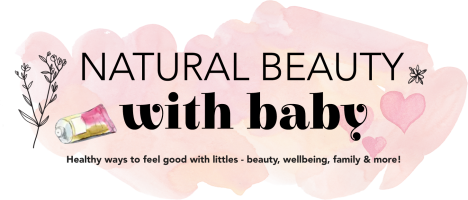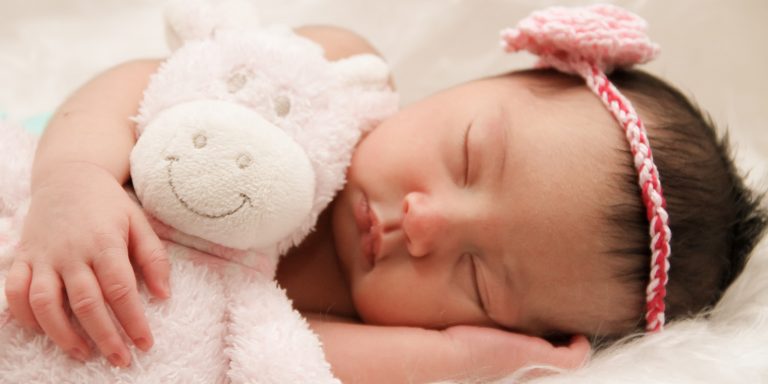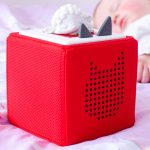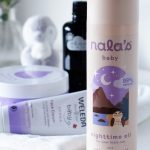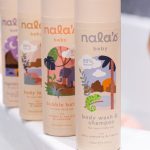“Choosing the best blanket for a baby” is a collaborative post.
To ensure a comfortable life for a newborn, you need to take care of many things. One of them is healthy sleep, which is impossible without the right baby blanket. This article details how to make the right choice of blankets for newborns.
Newborns are sensitive – so the choice must be approached with all responsibility. To create a safe environment for the baby, you need to make sure that the blanket meets certain requirements.
- Temperature. The warmth of the product must correspond to the temperature regime – the baby should not freeze or overheat. If the baby is born in the summer, an easy option during the first months is enough. If in winter – buy two options. Lightweight for indoors, warm for walking.
- Size. Do not choose too small – the baby will not cover completely. You can not choose too large – it will prevent the child from moving.
- Weight. A product that is too heavy can prevent the baby from breathing and lead to many problems.
- Softness. Rigid materials may irritate the child.
- Hypoallergenic.
- Air exchange. The blanket should be warm, but at the same time allow the skin to breathe.
- Moisture exchange. The material must quickly absorb moisture and evaporate it.
- Environmental friendliness. Avoid harmful toxic materials.
- Ease of maintenance. When buying, consult with the seller, ask him about the care. Children’s bed linen needs constant washing, so give up options where it will be a big problem.
Choosing the blanket
When choosing a blanket for a newborn, carefully monitor whether the child has allergic reactions. Then it is worth giving up downy, woollen, fur products so as not to accidentally harm the child. Do not buy cheap market products, it is better to purchase knitted baby blanket in a company store, always with a quality certificate. If the seller refuses to present one, find another, do not risk the health of your child. Remember that one option is not enough – you need at least two of them. One is to use at home, the other is for walking. Even if your baby was born in the summer, he will most likely need a warm outdoor blanket in the fall and winter. Get blankets slightly larger for next season, as the baby will grow up during this time. Home is also better to buy two products – warm and lighter. Don’t buy blankets with large, loose pile, lots of toxic dyes, or large pieces that a newborn might like. Choose warm, sunny colours, give up aggressive ones. Cool colours can make your child moody, too bright can scare, and calm and warm, on the contrary, will delight the child.
Baby blanket care
Blanket care depends entirely on the material. Read the rules for cleaning the planned material well on the Internet, on the label or from the seller. Knowing some simple rules will help you avoid accidentally ruining a baby blanket. Try not to buy complex materials – you will only spend too much. General requirements: refuse high temperatures, carefully straighten the stuffing when drying, periodically ventilate the product from excess odours.
The warmth of a blanket
The heat level can be determined by reading the label. There are several points indicated, from one to five. Determine by their number.
- One point. Lightweight option, suitable only for warm summer weather.
- Two points. Regular lightweight duvet. Can be used for walking during cool summer days or at home.
- Three dots. Option for warm autumn or spring weather. Medium option for medium temperatures.
- Four points. Warm option. Suitable for the end of autumn, the beginning of spring, the end- beginning of winter. It warms well, but in severe frosts it is not enough.
- Five points. The warmest option. Will warm the child in frosts, not allowing him to catch a cold and get sick.
Blanket-transformer
Comfortable, practical thing. It combines a blanket and an envelope for a newborn. You can turn the first into the second in many ways – with a zipper, buttons, buttons, ribbons. This option is ideal for outdoor walks in cold weather. The outer layer of products is usually made of waterproof materials, and the inner layer is made of soft, pleasant to the body. The baby in such a product will be dry and warm. With basic sewing skills, you can sew a transforming blanket with your own hands. It can be used as a classic blanket, as an envelope for discharge and for walks, or as a play mat or mattress pad. The requirements for such products are the same as for others.
Blanket sizes
The choice should depend on the size of the baby and the crib. Blankets for the next seasons are usually bought a size or two larger, since in a few months the child will grow noticeably. The smallest option is 60 by 120 centimetres. It is not very practical – you can’t wrap the baby in it for a walk, and in a few months he will be too small to sleep. The most common options are 135×100 cm, 105×115 cm, 90×120 cm, 100×80 cm. It is better to purchase a size for growth, and not exactly in size – at the beginning of their life, children grow very quickly, and the purchased blanket may become small in two months. The largest option is 110x140cm, it can even last a couple of years. But you can make such a choice only if you have a large enough bed or if your baby is large – such a large product will only bring discomfort to miniature children.
